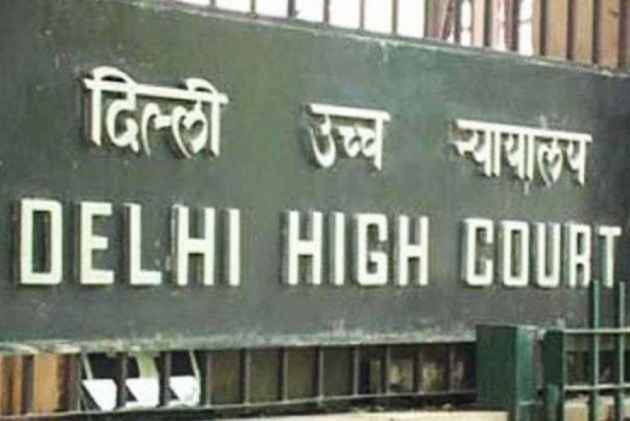The Delhi High Court, in the case of Y V vs. Kendriya Vidyalaya & Ors, addressed the issue of smartphone usage by students in schools and emphasized that a complete ban on smartphones is neither desirable nor practical. Justice Anup Jairam Bhambhani highlighted the evolving role of technology in education and the need for a balanced approach to regulate smartphone use rather than imposing an outright prohibition.
Key Observations by the Court:
- Technological Advancements: The Court acknowledged the significant changes in technology, particularly its role in education and related purposes. A complete ban on smartphones would ignore these advancements and their potential benefits.
- Safety and Coordination: Smartphones serve important purposes, such as facilitating communication between parents and students, which enhances the safety and security of children.
- Harmful Effects: While recognizing the negative consequences of indiscriminate smartphone use, such as distractions, cyberbullying, and mental health issues, the Court stressed the importance of addressing these concerns through regulation rather than prohibition.
Guidelines Framed by the Court:
To balance the benefits and risks of smartphone use, the Court proposed the following guidelines for schools:
- Safekeeping of Smartphones: Schools should provide arrangements for students to deposit their smartphones during school hours where feasible.
- Prohibited Areas: Smartphone use should be banned in classrooms, school vehicles, and common areas.
- Education on Responsible Use: Schools must educate students on digital etiquette, ethical smartphone use, and the potential risks of excessive screen time and social media engagement, such as anxiety, reduced attention spans, and cyberbullying.
- Permitted Uses: Smartphones should be allowed for safety and coordination purposes but restricted for entertainment or recreational use.
- Consultation with Stakeholders: Policies on smartphone use should be developed in consultation with parents, educators, and experts.
- School Discretion: Schools should have the flexibility to implement policies tailored to their specific needs.
- Consequences for Violations: Clear, fair, and enforceable consequences should be established for rule violations, ensuring consistency without being overly harsh.
- Regular Review: Policies should be periodically reviewed and updated to address emerging technology-related challenges.
- Disciplinary Measures: Confiscation of smartphones was suggested as a potential disciplinary action.
Implementation:
The Court directed that a copy of the order be sent to the Central Board of Secondary Education (CBSE), the Directorate of Education, Government of NCT of Delhi, and the Kendriya Vidyalaya Sanghatan for wider dissemination and implementation.
Legal Representation:
- For the minor student: Advocates Ashu Bidhuri, Swapnam Prakash Singh, Hemant Baisla, Shabana Hussain, and Satyansh Gupta.
- For Kendriya Vidyalaya: Advocates S Rajappa, R Gowrishankar, and G Dhivyasri.
- For Delhi Commission for Protection of Child Rights: Advocates Anuj Tyagi and Akshita Agarwal.
Conclusion:
The Delhi High Court’s decision reflects a pragmatic approach to smartphone use in schools, balancing the benefits of technology with the need to mitigate its risks. By advocating for regulated use rather than a complete ban, the Court aims to foster a safe and productive learning environment while preparing students for the digital age.
